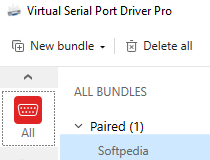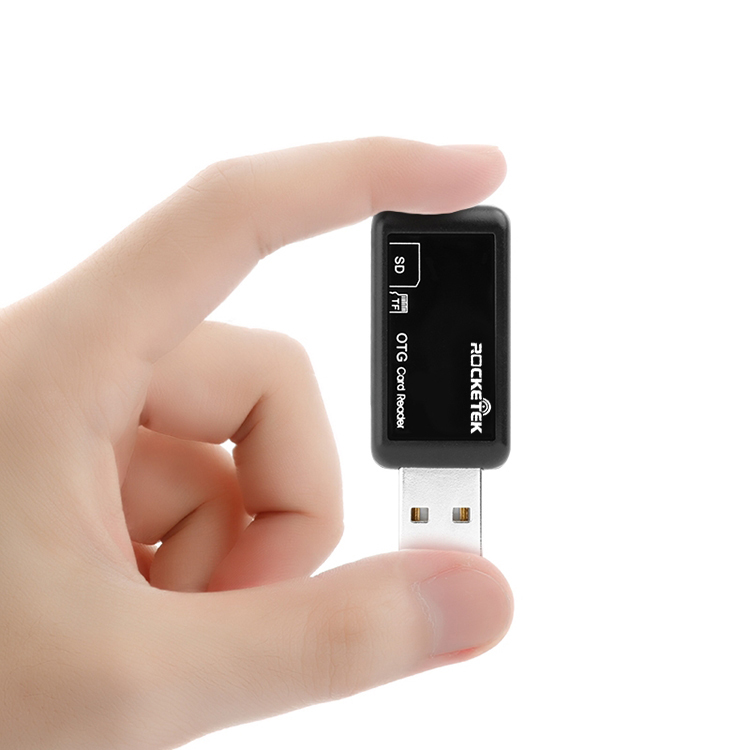Download ERE Port Devices Driver
Drivers & Downloads Search for your device by product number to get drivers and downloads, manuals, documentation and other online support. You can also search for discontinued products. The package provides the installation files for FTDI USB Serial Port Driver version 2.12.16.0. If the driver is already installed on your system, updating (overwrite-installing) may fix various issues, add new functions, or just upgrade to the available version. Download Xiaomi USB Driver For Windows PC: Below is the list of various Xiaomi devices. Just find your device, and there is a download link of the driver next to every model. You can use CTRL + F to search for your device. Xiaomi Redmi Note Series USB Drivers. This download record includes the i40e Linux. base driver version 2.14.13 for the 700 series devices. Download for Ethernet Port Configuration Tool - ESX.
- Download Ere Port Devices Driver Windows 10
- Download ERE Port Devices Driver
- Download Ere Port Devices Drivers
- Download Ere Port Devices Driver Download
By Mark Russinovich
Published: January 12, 2012
Need a Bluetooth Driver for your accessory? If you are having Bluetooth trouble, updates should be available through Microsoft's Windows Update service. If drivers were not downloaded automatically by Windows Update, use Device Manager to refresh the driver from Windows Update, or contact the device manufacturer.
Download Portmon(226 KB)
Run now from Sysinternals Live.

Introduction
Portmon is a utility that monitors and displays all serial andparallel port activity on a system. It has advanced filtering and searchcapabilities that make it a powerful tool for exploring the way Windowsworks, seeing how applications use ports, or tracking down problems insystem or application configurations.

Portmon 3.x
Version 3.x of Portmon marks the introduction of a number of powerfulfeatures.
- Remote monitoring: Capture kernel-mode and/or Win32 debug outputfrom any computer accessible via TCP/IP - even across the Internet.You can monitor multiple remote computers simultaneously. Portmonwill even install its client software itself if you are running iton a Windows NT/2K system and are capturing from another WindowsNT/2K system in the same Network Neighborhood.
- Most-recent-filter lists:Portmon has been extended withpowerful filtering capabilities and it remembers your most recentfilter selections, with an interface that makes it easy to reselectthem.
- Clipboard copy: Select multiple lines in the output window andcopy their contents to the clipboard.
- Highlighting: Highlight debug output that matches yourhighlighting filter, and even customize the highlighting colors.
- Log-to-file: Write debug output to a file as its being captured.
- Printing: Print all or part of captured debug output to aprinter.
- One-file payload:Portmon is now implemented as one file.
The on-line help-file describes all these features, and more, in detail.
Download Ere Port Devices Driver Windows 10
Installation and Use
Simply execute the Portmon program file (portmon.exe) and Portmonwill immediately start capturing debug output. To run Portmon onWindows 95 you must get the WinSock2update from Microsoft. Notethat if you run Portmon on Windows NT/2K portmon.exe must be locatedon a non-network drive and you must have administrative privilege.Menus, hot-keys, or toolbar buttons can be used to clear the window,save the monitored data to a file, search output, change the windowfont, and more. The on-line help describes all of Portmon's features.
Portmon understands all serial and parallel port I/O control (IOCTLs)commands and will display them along with interesting informationregarding their associated parameters. For read and write requestsPortmon displays the first several dozen bytes of the buffer, using'.' to represent non-printable characters. The Show Hex menu option letsyou toggle between ASCII and raw hex output of buffer data.
How it Works: WinNT
The Portmon GUI is responsible for identifying serial and parallelports. It does so by enumerating the serial ports that are configuredunder HKEY_LOCAL_MACHINEHardwareDeviceMapSerialComm and theparallel ports defined underHKEY_LOCAL_MACHINEHardwareDeviceMapParallel Ports. These keyscontain the mappings between serial and parallel port device names andthe Win32-accessible names.
When you select a port to monitor, Portmon sends a request to itsdevice driver that includes the NT name (e.g. deviceserial0) thatyou are interested in. The driver uses standard filtering APIs to attachits own filter device object to the target device object. First, it usesZwCreateFile to open the target device. Then it translates thehandle it receives back from ZwCreateFile to a device objectpointer. After creating its own filter device object that matches thecharacteristics of the target, the driver callsIoAttachDeviceByPointer to establish the filter. From that point onthe Portmon driver will see all requests aimed at the target device.
Portmon has built-in knowledge of all standard serial and parallelport IOCTLs, which are the primary way that applications and driversconfigure and read status information from ports. The IOCTLs are definedin the DDK file ddksrccommincntddser.h andddksrccommincntddpar.h, and some are documented in the DDK.
How it Works: Windows 95 and 98
On Windows 95 and 98, the Portmon GUI relies on a dynamically loadedVxD to capture serial and parallel activity. The Windows VCOMM (VirtualCommunications) device driver serves as the interface to parallel andserial devices, so applications that access ports indirectly use itsservices. The Portmon VxD uses standard VxD service hooking tointercept all accesses to VCOMM's functions. Like its NT device driver,Portmon's VxD interprets requests to display them in a friendlyformat. On Windows 95 and 98 Portmon monitors all ports so there is noport selection like on NT.

Download Portmon(226 KB)
Run now from Sysinternals Live.
-->Note
Please use the PnPUtil tool instead of DevCon.
DevCon (Devcon.exe), the Device Console, is a command-line tool that displays detailed information about devices on computers running Windows. You can use DevCon to enable, disable, install, configure, and remove devices.
DevCon runs on Microsoft Windows 2000 and later versions of Windows.
| Where can I download DevCon? |
|---|
DevCon (Devcon.exe) is included when you install the WDK, Visual Studio, and the Windows SDK for desktop apps. For information about downloading the kits, see Windows Hardware Downloads. Windows Driver Kit (WDK) 8 and Windows Driver Kit (WDK) 8.1 (installation path) %WindowsSdkDir%toolsx64devcon.exe %WindowsSdkDir%toolsx86devcon.exe %WindowsSdkDir%toolsarmdevcon.exe Note The Visual Studio environment variable, %WindowsSdkDir%, represents the path to the Windows kits directory where the kits are installed, for example, C:Program Files (x86)Windows Kits8.1. |
This section includes:
What you can do with DevCon

Windows driver developers and testers can use DevCon to verify that a driver is installed and configured correctly, including the proper INF files, driver stack, driver files, and driver package. You can also use the DevCon commands (enable, disable, install, start, stop, and continue) in scripts to test the driver.
DevCon is a command-line tool that performs device management functions on local computers and remote computers.
Download ERE Port Devices Driver
Note To run DevCon commands on a remote computer, the Group Policy setting must allow the Plug and Play service to run on the remote computer. On computers that run Windows Vista and Windows 7, the Group Policy disables remote access to the service by default. On computers that run Windows 8 and later operating systems, the remote access is unavailable.
Devcon features include:
Display driver and device info DevCon can display the following properties of drivers and devices on local computers, and remote computers (running Windows XP and earlier):
- Hardware IDs, compatible IDs, and device instance IDs. These identifiers are described in detail in Device Identification Strings.
- The devices in a device setup class
- INF files and device driver files
- Details of driver packages
- Hardware resources
- Device status
- Expected driver stack
- Third-party driver packages in the driver store
Search for devices DevCon can search for devices on a local or remote computer by hardware ID, device instance ID, or device setup class.
Change device settings DevCon can change the status or configuration of Plug and Play (PnP) devices on the local computer in the following ways:
- Enable a device
- Disable a device
- Update drivers (interactive and noninteractive)
- Install a device (create a devnode and install software)
- Remove a device from the device tree and delete its device stack
- Rescan for Plug and Play devices
- Add, delete, and reorder the hardware IDs of root-enumerated devices
- Change the upper and lower filter drivers for a device setup class
- Add and delete third-party driver packages from the driver store
Restart the device or computer DevCon can restart a local device, reboot the local system on demand, or reboot the local system if required for another DevCon operation.
DevCon source code
The DevCon source code is also available so that you can examine the methods that DevCon uses to retrieve and change setup and configuration data. DevCon illustrates the use of general setup functions, device installation functions, and PnP Configuration Manager functions. The source code for the Device Console (DevCon) Tool is available in the Windows driver samples repository on GitHub.
Download Ere Port Devices Drivers

Download Ere Port Devices Driver Download
Related topics
